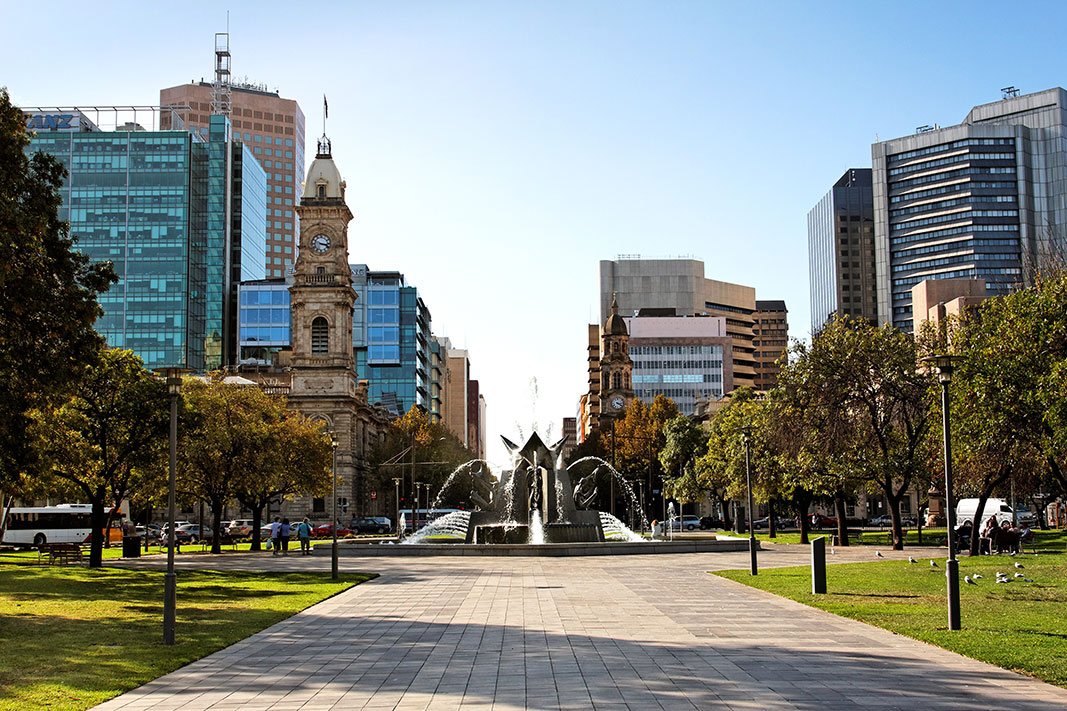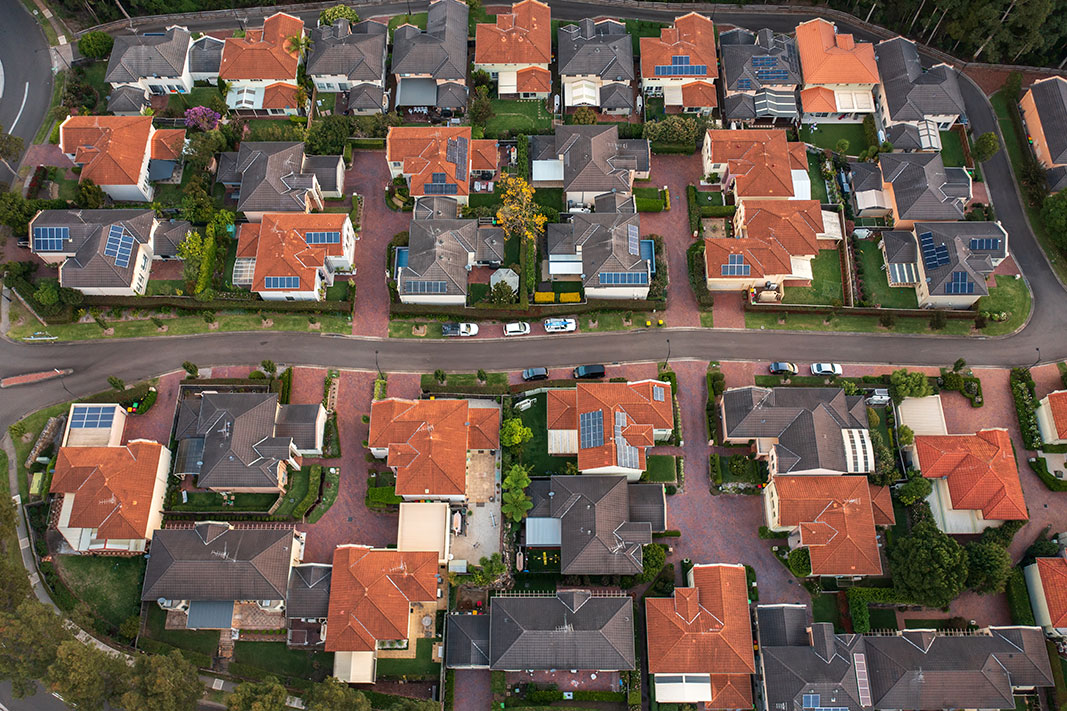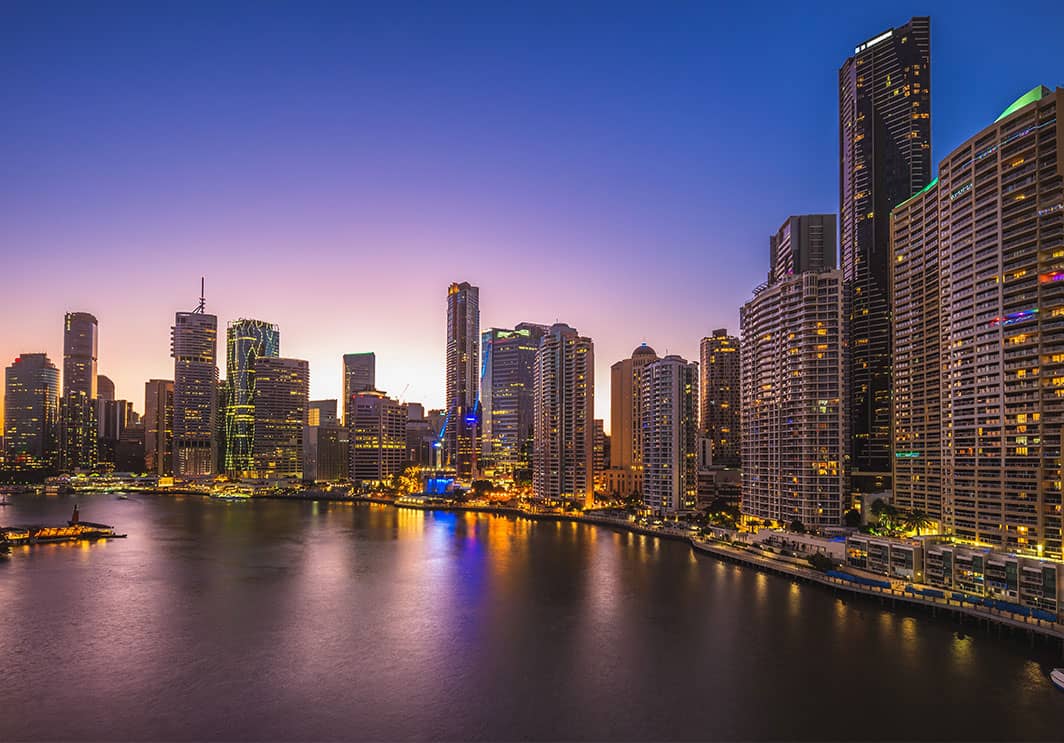South Australia Solar Rebate
Are you thinking about joining the many South Australian homeowners who are benefiting from solar power?
If you live in Adelaide or elsewhere in South Australia, there are specific rebates and incentives available to make solar power more accessible and affordable for homes and businesses.
As the costs of solar technology continue to drop and with attractive financial incentives offered by both the South Australian and Australian governments, now is an ideal time to consider investing in solar energy.
We’ve put together this guide on South Australia and Adelaide Solar Rebates to assist you in understanding and taking advantage of these financial benefits.
What Is the Solar Rebate in South Australia?
The South Australia Solar Rebate is a government-supported initiative aimed at encouraging the adoption of solar energy in both residential and commercial properties across South Australia, including Adelaide. This rebate aims to reduce the initial expenses linked with buying and setting up solar photovoltaic (PV) systems.
Through making solar power more economical, this scheme contributes to South Australia’s environmental objectives, such as cutting down on greenhouse gas emissions and fostering sustainable energy usage.


How Does the SA Solar Rebate Work?
The Small-Scale Renewable Energy Scheme, also known as the federal government solar rebate, is a nationwide initiative encouraging individuals, families, and small businesses to adopt small-scale renewable energy systems such as household solar panels.
This scheme provides rebates in the form of Small-scale Technology Certificates (STCs). When you purchase a solar system, you receive a certain number of STCs based on factors like system size and location.
STCs function as a form of currency, representing the anticipated energy generation of your solar system until 2030. The more renewable energy your system is expected to produce, the greater the number of STCs you’ll receive.
The total value of these certificates translates into the rebate you’ll receive for your solar panels, reducing your installation costs accordingly.
SA Federal Battery Rebate
The $2.3 billion Cheaper Home Batteries Program will support Australian households and small businesses with a discount on the cost of installing small-scale battery systems. The program aims to:
- help households to make the most of cheap and clean solar power by storing it for when it is needed
- reduce costs for everyone – not just those who install a battery – because it means less expensive gas power generation, poles and wires.
From 1 July 2025, the program will provide around a 30% discount on the upfront cost of installing eligible small-scale battery systems. The discount will be based on the battery’s usable capacity and will gradually decrease until 2030.
The discount will generally be provided via solar and battery retailers and installers. The Cheaper Home Batteries Program will be delivered through the Small-scale Renewable Energy Scheme (SRES), administered by the Clean Energy Regulator.
Eligible battery systems
Minimum and maximum battery size
- An eligible battery storage system must be in the range of 5 kilowatt-hours (kWh) to 100 kWh in nominal capacity. The nominal capacity is the maximum amount of energy a battery can store at full charge.
- The discount will be provided for up to 50 kWh of a battery system’s usable capacity.
- The program is intended to support residential and small-scale battery systems. Electric vehicles are not eligible battery systems for this program.
Battery system composition
- An eligible battery system (as captured in the relevant Australian standard AS/NZS 5139:2019) could include:
- a single battery unit
- a system of modular battery cells connected to serve as one battery unit.
- Additional capacity added to an existing battery system is eligible if:
- the battery system has not previously received a discount under the program; and
- the additional capacity is at least 5 kWh and the total upgraded capacity of the battery does not exceed 100 kWh in nominal capacity.
- Additional capacity that is later added to an existing battery that received a discount under the program would not be eligible.
Accreditation of battery systems
A battery system and the inverter must be listed on the Clean Energy Council (CEC) approved product list.
VPP capability
- A battery in an on-grid system needs to be capable of being coordinated through a virtual power plant (VPP), but does not need to be connected to a VPP.
- To be VPP capable, a battery system must be able to connect to the electricity grid and respond to signals from third party VPP operators (such as a retailer). This will require an ongoing internet connection.
- Consumers are not required to participate in a VPP.
- Off-grid battery systems would not be required to be capable of connecting to a VPP.


Discount for Eligible Battery Systems
STC calculation
- The number of small-scale technology certificates (STCs) that a battery system is eligible for will be in reference to the kilowatt-hours of usable capacity of the battery system. The usable capacity of the battery is the amount of energy that can be discharged from a battery and represents the power that a home or small business can draw from the battery.
- STCs will only be provided for the first 50 kWh of the usable capacity of a battery system.
- The discount rate in 2025 would be represented as 9.3 STCs per kWh of usable capacity, equivalent to around $372 per kWh.
- The number of STCs will decline for battery systems installed in 2026 and later years until the scheme ends in 2030.
- The calculation of STCs will be based on the number of STCs per kWh of installed usable capacity of the battery and the year of installation, as outlined in Table 1.
Table 1 | ||||||
Year | 2025 | 2026 | 2027 | 2028 | 2029 | 2030 |
Estimated value per kWh | $372 | $336 | $296 | $260 | $224 | $188 |
STC factor | 9.3 | 8.4 | 7.4 | 6.5 | 5.6 | 4.7 |
- The estimated value per kWh is approximate and based on $40 per STC for a battery installed in the year. This could vary over time in line with reviews of whether the discount remains appropriate.
Number of battery systems
- A single battery system installation at a premises is eligible for support once under the program.
- Additional rebates or incentives from states and territories may be available for batteries. Eligibility or other support will depend on criteria that applies in those schemes.
Speak With Our Adelaide Team Today
South Australia Solar Rebate FAQs
How much can I save with the solar rebate in Adelaide?
The savings from the solar rebate can vary based on the size of the solar system and the current STC market price. The Small-scale Technology Certificate (STC) scheme provides a substantial financial incentive, and the number of STCs you receive is based on the size of your solar system and the amount of renewable energy it is expected to generate. On average, homeowners in Adelaide can save several thousand dollars on the upfront cost of a solar installation. For example, a typical 6.6 kW solar system might save around $3,000 to $4,000 through the rebate. It's important to get a detailed quote from your solar provider to understand your specific savings.
How do I apply for the solar rebate in South Australia?
The application process for the solar rebate is typically handled by your solar installer. When you choose a reputable installer, they will manage the entire process for you. This includes creating and registering the STCs, which represent the amount of renewable energy your system is expected to generate. Once registered, these certificates can be sold or traded, and the rebate is usually applied as an upfront discount on the overall cost of your solar system. This means you won't have to pay the full price initially and wait for a rebate; the discount is applied immediately.
How long will the solar rebate scheme be available?
The solar rebate scheme is part of a federal government program known as the Renewable Energy Target (RET), which is designed to encourage the uptake of renewable energy in Australia. The value of the STCs is gradually reducing each year until the program ends in 2030. This gradual reduction means that the financial benefit of the rebate will decrease over time. Therefore, it's advisable to install your solar system sooner rather than later to maximise your rebate benefits. By acting now, you can take advantage of the higher rebate amounts and start saving on your energy bills sooner.
Can businesses in South Australia also benefit from the solar rebate?
Yes, both residential and commercial properties are eligible for the solar rebate. Businesses can significantly reduce their energy costs by installing solar panels and benefiting from the STC scheme. For commercial installations, the financial incentives can be even more substantial due to the larger system sizes typically required by businesses. Additionally, businesses may also benefit from other financial incentives such as tax incentives and accelerated depreciation under the government's instant asset write-off scheme. Installing solar panels can also improve a business's sustainability profile, which can be an attractive feature for environmentally-conscious customers and partners.
What are the environmental benefits of installing solar panels in South Australia?
Installing solar panels has numerous environmental benefits. By generating electricity from the sun, you reduce reliance on fossil fuels, which are a major source of greenhouse gas emissions. This helps to decrease your carbon footprint and combat climate change. In South Australia, where there is a strong focus on renewable energy, solar installations contribute to the state's leadership in sustainability. Solar energy is a clean, renewable resource that does not produce air pollution or greenhouse gases when generating electricity. Additionally, increasing the amount of renewable energy in the grid helps to reduce the need for coal and gas power plants, further decreasing environmental impact. Solar panels also reduce the strain on the electricity grid during peak usage times, promoting a more stable and reliable energy system.
Get a Quote For Solar In SA
Transitioning to renewable energy in South Australia, including Adelaide, might seem daunting, but it doesn’t have to be. With the support of experienced professionals like Aus Energy Solar, the process can be straightforward. Take the step towards clean, sustainable energy today by reaching out to our friendly local team!
